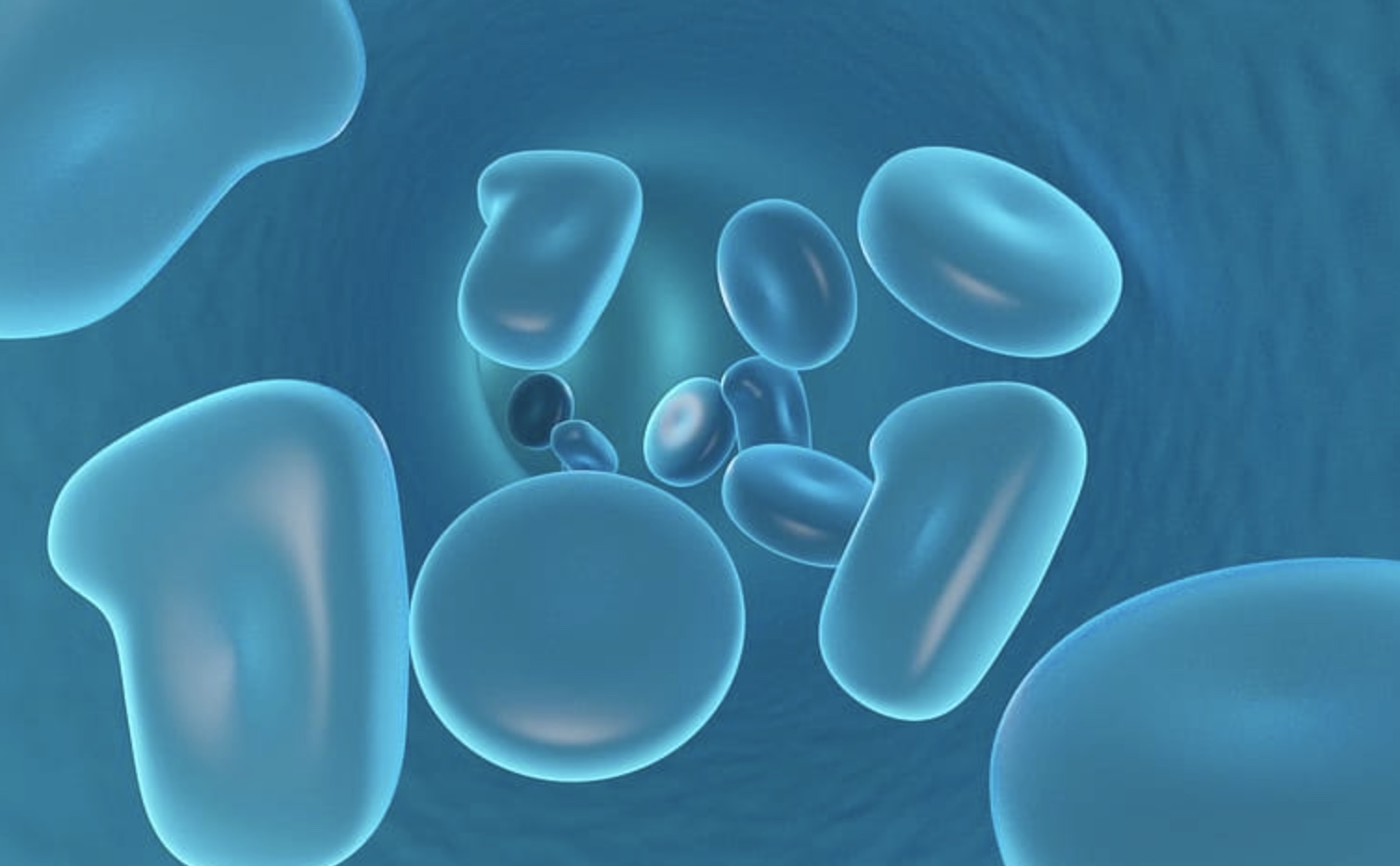Regenerative medicine involves treatments that harness the natural healing abilities of the body. The treatments focus on repairing, replacing, and regrowing the damaged body tissues or organs. It’s applicable when treating sports injuries and other chronic diseases. Regenerative medicine enhances the body’s self-healing abilities. When these are improved, you can manage the symptoms while addressing the root cause of the disease. The common regenerative treatments are platelet-rich plasma and stem cell therapy.
Following are some benefits of regenerative medicine
Chapter Overview
Accelerates healing
During PRP therapy, the doctor takes a blood sample, processes it in a centrifuge, then re-inject the platelet-rich components into the injured body parts. It is injected directly into the injured part of the body, which speeds up the healing process. You may not get the results immediately, but you’ll get the results faster than in conventional methods. PRP therapy benefits many sports injuries like Tennis elbow, Bursitis, cartilage damage, Achilles meniscus tears, etc. Doctors also use stem cells to enhance the body’s ability to recover. By harvesting stem cells from your fat, they also use the donor stem cells to treat injuries and blood-related diseases.
Steer clear of surgery
Regenerative surgery can reduce the need for surgery by utilizing inherent body healing abilities. Therefore, you are spared the time and cost required for invasive procedures. PRP and stem cells are minimally invasive treatments, and therefore you won’t need to experience the after-surgery procedures. That means you can quickly resume your usual duties soon after.
No need for medication or anesthesia
The injection is done through ultrasound technology and is precisely in the right area. Some numbing medication will be injected to ensure minimal discomfort, but there’s no need for anesthesia with regenerative medicine. If you’re taking pain medication already, you need to discuss with your doctor an appropriate plan o continue with your treatment until you get the desired results.
Low risk
Own cells are used here, and therefore the procedure is low-risk. In stem therapy, the cells are taken from either bone marrow or body fat. For PRP therapy, platelets are separated from the blood, and they mix with blood plasma when your blood is drawn.
Strengthens the body
Even after full recovery, regenerative medicine effects still linger. The treatment strengthens the treated areas of your body. By injecting new and healthy cells, the condition of the tissues improves significantly. Applications of regenerative medicine are expanding beyond musculoskeletal injuries. Clinicians also use the procedure in cosmetic settings like skin and hair restoration. There’s also an ongoing study on regenerative medicine and stem cells’ ability to fight cancer and diabetes.
Limits side effects
The body will always resist anything that is not natural or foreign. Regenerative medicine uses own body cells and blood in treatment, and therefore there are minimal side effects. Don’t worry about allergies or other adverse reactions like scarring, infection, or heavy bleeding.
Regenerative medicine has lots of benefits. Therefore, if you’re thinking of non-invasive treatment, look for a reliable specialist near you for PRP injections, prolozone therapy, and other alternatives to surgery.

